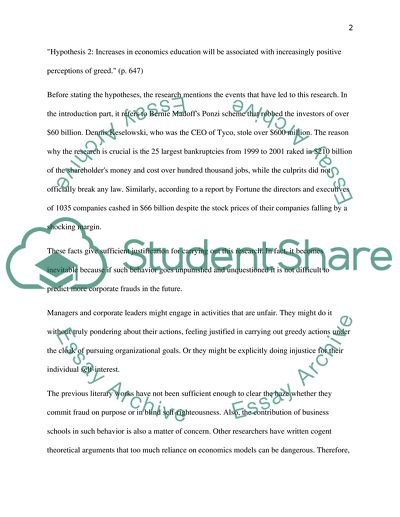Cite this document
(Critical appraisal Coursework Example | Topics and Well Written Essays - 3500 words, n.d.)
Critical appraisal Coursework Example | Topics and Well Written Essays - 3500 words. Retrieved from https://studentshare.org/finance-accounting/1880034-critical-appraisal
Critical appraisal Coursework Example | Topics and Well Written Essays - 3500 words. Retrieved from https://studentshare.org/finance-accounting/1880034-critical-appraisal
(Critical Appraisal Coursework Example | Topics and Well Written Essays - 3500 Words)
Critical Appraisal Coursework Example | Topics and Well Written Essays - 3500 Words. https://studentshare.org/finance-accounting/1880034-critical-appraisal.
Critical Appraisal Coursework Example | Topics and Well Written Essays - 3500 Words. https://studentshare.org/finance-accounting/1880034-critical-appraisal.
“Critical Appraisal Coursework Example | Topics and Well Written Essays - 3500 Words”, n.d. https://studentshare.org/finance-accounting/1880034-critical-appraisal.


